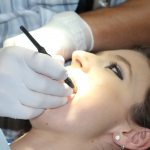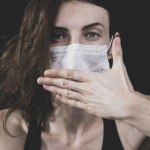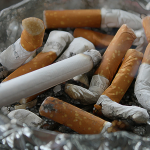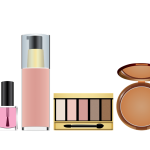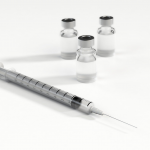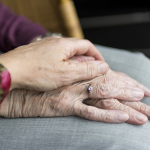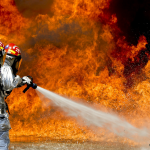We visit the dentist almost as much as we see physicians. But insurance coverage for dental care for many of us is non-existent. Congress is quietly, to this point, thinking of changing that situation.
Harm Reduction
The process of respiration – converting oxygen to carbon dioxide and energy – is what life is all about. This metabolic process, which humans and animals must do to live, changes the environment when we inhale air and release our breath back into the world. How does COVID-19 fit into this?
Many tobacco control advocates have attacked vaping by emphasizing the risk it poses to teenagers. While children should never use any nicotine product, there's a strong case to be made that the campaign against teen vaping has distracted us from tackling a critical public health threat: adult smoking.
Beauty and personal care products are a vast industry, for both women and men. In 2019, the personal care products industry generated sales of $49.2 billion in the U.S., and $380 billion globally. Women spend an average of $35/month, while men spend an average of $29/mo. Some believe these products pose significant risks to our health. Is this another case of a big fear and little risk?
The constant barrage of news, cloaked in attention-getting words and images, is playing havoc with instinctual behavior that is millions of years old. There is, for me, a direct connection between fight or flee, chronic stress, and how we have chosen to use the medium of digital communication. Digital media is an out-of-control fear machine.
Here's the news, straight from the headlines: “70% of fully vaccinated prisoners caught COVID-19 in a Texas Delta outbreak, the CDC says — but vaccines protected against severe disease.” This is not misleading; just incomplete. It was a choice to report the easy narrative, rather than digging deeper. Here's what information was overlooked.
The messaging on vaccination, now entering its booster phase, has been mismanaged. That said, was the decision by the FDA’s Vaccines and Related Biological Products Advisory Committee “based” on science? Is it reasonable policy?
Madness is everywhere. This week in New York, a waitress was set upon by a group of Texas tourists for asking for proof of vaccination before they entered a popular tourist restaurant. Beaten. Beaten over a law that is no different in its legal base as requiring verification of age before being served liquor. The Internet is driving us mad. Not just mad in the sense of anger, but mad in the sense of unbalanced.
Can we agree that the COVID-19 virus is spread through the air by those infected, by people like you and me, who exhale the virus with every breath we take? If you think not, read no further. I can’t convince you of this scientific fact. The breath from virus-infected persons contains particles that, like bullets shot from a gun, transmit the virus to the uninfected.
Scope of practice, who can do what to whom, is a contentious area. There is fighting between those with large scopes of practice, such as physicians, and those with a lesser range, like advanced nurse practitioners, physician assistants, and specialty nurses, like those working the critical care areas. Who decides one’s scope of practice?
Those of us without evidence of cognitive impairment certainly remember the hubbub over the release of Aducanumab, the first FDA-approved drug to treat Alzheimer’s Disease. A short, to-the-point research letter in JAMA clarifies why it has the potential for abuse – and what the FDA needs to do to prevent it.
For regulatory science, from Covid-19 to environmental regulations, today’s mantra is to “follow the science.” If only we had more and better science, they exclaim, we would know the correct answers and better protect public health. But “more” and “better science” often result in the opposite effect – i.e., less protection of public health. By trying to do “perfect science,” we often get in the way of good results in the protection of public health.
